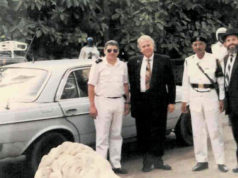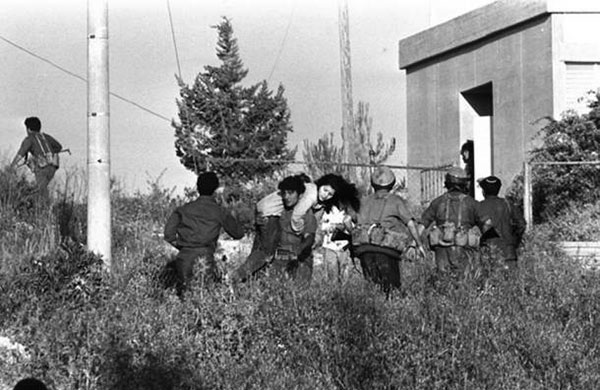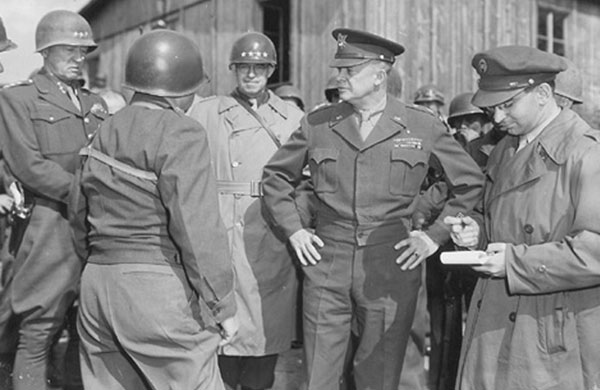
“The artist Michal Rovner has brought back to life, line by line, drawings made by children during the years of war and annihilation. Fragile yet strong, these pencil drawings glimmer from the walls of the barrack, signals sent to us from the childhood swept away and lost in the Shoah. As we look at them here, in Auschwitz, we can sense how art is the place where life and its loss may exist together. For a moment we can imagine, beyond the drawing, the child who drew it—pencil in hand, tongue clenched, deep in thought. We feel the effort to render a bird precisely—a house, the soldiers, the empty baby carriage. The trains.”

When the New Permanent Exhibition in Auschwitz-Birkenau was being devised, Yad Vashem approached world-acclaimed artist Michal Rovner to create a work for the space devoted to the 1.5 million Jewish children murdered during the Shoah.
Rovner decided not to build a tribute or memorial, nor to deal directly with aspects of the murder. “At Auschwitz-Birkenau, we are already in the ‘territory of murder,’” she explained. “Therefore, I wanted to create a space that will reflect the children themselves.”
For over a year, Rovner studied the drawings and paintings made by children during the Holocaust. To this end, Yad Vashem created a special collection for her from its own archives as well as others around the world—most notably, the Shoah History Archive of the Jewish Museum in Prague.

“Those children’s families, homes, friends, belongings, landscapes and freedom had been taken away from them. Tragically, the vast majority of them left no sign behind them. Only very few were able to document the essential thing they were able to hold on to: their viewpoint. That is what is expressed in their drawings. Within a situation in which they had no choices, in front of a piece of paper they had a certain freedom to express themselves and the way they saw reality.”
“One can almost feel the urgency of the situation in many of the drawings. They are reflections and details of the life they were forced to leave behind, and the new reality they encountered. These drawings are their legacy—and our inheritance.”
In order to study and orient herself with the vast amount of drawings and their elements, Rovner divided them into themes. She then assembled different fragments and small details, creating a composition that flows without telling a direct story.

Original recordings of Jewish children from that period, singing, talking and playing, echo in the background, appearing and disappearing. David Grossman’s words accompany the exhibit.
“The visitor enters an empty space in which nothing is displayed, only the footnotes of children’s voices and some of their marks on the wall,” concluded Rovner.
The delicateness, the fragility of these drawings is further magnified by the stark reality of the camp, viewed through the bare windows. These drawings and voices, these ‘traces of life’ are like hovering souls. They express a powerful testimony in just a few strokes of a pencil.



